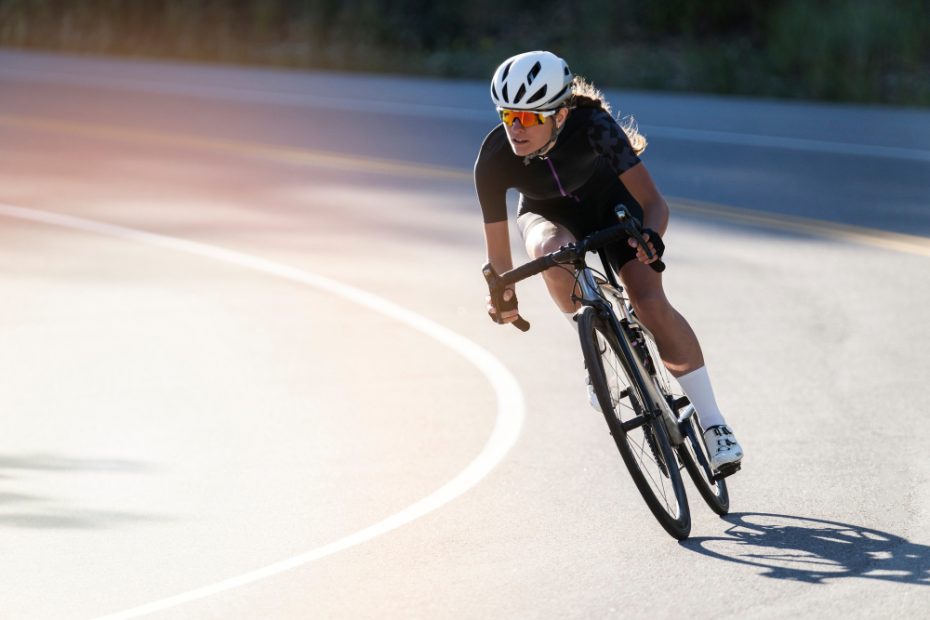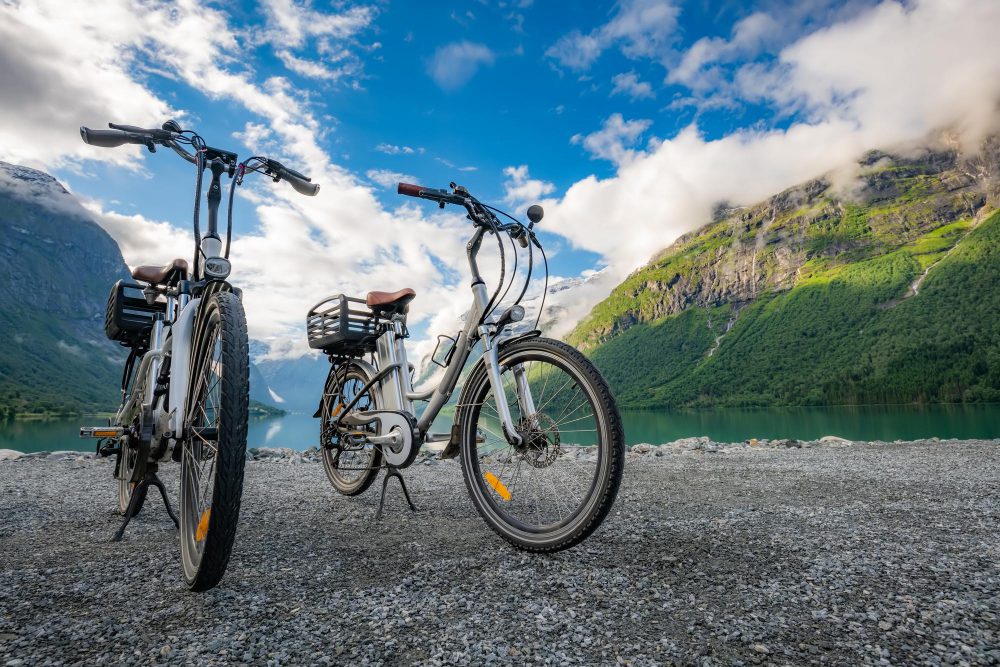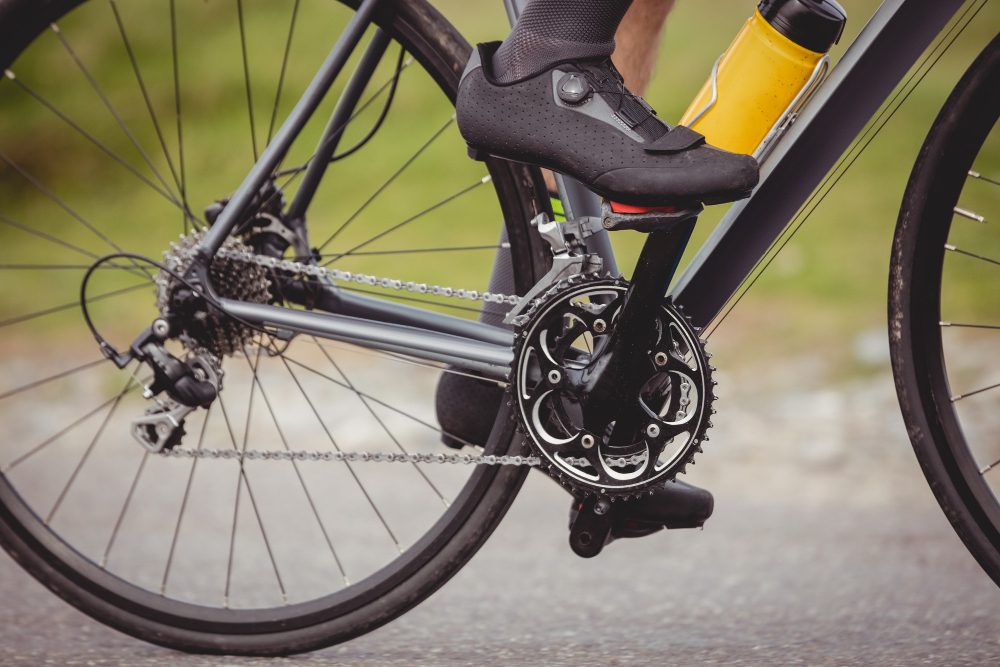Why do touring bikes not have suspension?
Touring bikes are a popular choice for long-distance cycling adventures, offering comfort, stability, and efficiency on various terrains. One notable feature often missing from touring bikes is suspension. Why is this the case?
Comfort Through Tire Selection and Frame Design
While suspension systems can provide a smooth ride by absorbing bumps and vibrations, they also add weight and complexity to the bike. Touring bikes prioritize efficiency and reliability over pure comfort, as riders often cover long distances with heavy loads. Instead of relying on suspension, touring bikes achieve comfort through other means.
Firstly, tire selection plays a crucial role. Larger tires with lower pressure offer natural cushioning, absorbing shocks from uneven surfaces. These tires provide a degree of comfort without the need for suspension components.
“Touring bikes prioritize efficiency and reliability over pure comfort.”
Furthermore, the frame design of touring bikes contributes to overall comfort. The frames are typically made from materials like steel or titanium, which have inherent damping properties capable of reducing road vibrations. These materials act as a form of passive suspension, further improving rider comfort.
Improved Reliability and Durability
Another reason for touring bikes not having suspension is their focus on durability and reliability. Suspension systems require regular maintenance and can be prone to wear and tear, particularly when exposed to extreme conditions or heavy loads over long distances.
By eliminating suspension, touring bikes become more robust and require less maintenance. This is particularly important for cyclists embarking on long journeys, as they need bikes that can withstand the rigors of extended use and various weather conditions.
Efficiency and Power Transfer
Touring bikes also prioritize efficiency and power transfer, which can be compromised by suspension systems. Suspension absorbs some of the pedaling force that should propel the bike forward, resulting in energy loss. Without suspension, more power is transferred to the wheels, enabling efficient pedaling and better speed control.
Additionally, the lack of suspension eliminates unnecessary movement and flex in the bike’s frame during pedaling. This enhances stability and allows riders to maintain a consistent cadence, especially when carrying heavier loads.
Alternative Solutions
Although touring bikes typically don’t feature built-in suspension, there are alternative solutions available to enhance comfort on rough terrains. These include:
- Front Suspension Forks: Some touring cyclists choose to equip their bikes with front suspension forks, which offer a compromise between comfort and weight. This allows riders to have some suspension while maintaining the efficiency and simplicity of a rigid frame.
- Suspension Seatposts: Another option is using suspension seatposts that absorb shocks from the rear end of the bike. This provides additional comfort without compromising the overall design and performance of the touring bike.
Do you need suspension on a touring bike?
When it comes to touring bikes, the question of whether or not suspension is necessary often arises. While many modern bikes include suspension systems for off-road adventures, touring bikes typically do not. Let’s explore why this is the case.
Why are touring bikes designed without suspension?
Touring bikes are specifically designed for long distance rides on varying terrains, including paved roads, gravel paths, and even smooth trails. The absence of suspension on these bikes is primarily due to several factors:
- Efficiency: Suspension systems can add weight to the bike, which can reduce overall efficiency, especially when climbing steep hills or covering long distances.
- Simplicity: Touring bikes aim for simplicity and reliability. With fewer moving parts, there is less chance of mechanical failure in remote areas.
- Cost: Adding a quality suspension system can significantly increase the cost of a touring bike. By omitting suspension, manufacturers can offer more affordable options to riders.
Is suspension necessary for touring?
While suspension might be beneficial for off-road adventures or rough terrain, it’s not necessarily a requirement for touring. The lack of suspension does not mean you have to sacrifice comfort on a long tour. Many touring bikes feature wider tires and frame designs that provide natural shock absorption, ensuring a smooth and comfortable ride.
Quote:
“Touring bikes are built to prioritize endurance and stability over speed and agility. The absence of suspension is a deliberate design choice to maximize performance and minimize maintenance.” – Cycling Enthusiast Magazine
Considerations for touring without suspension
When planning a tour on a bike without suspension, it’s essential to consider a few factors:
- Tire selection: Opt for wider tires with appropriate tread patterns to enhance grip and absorb vibrations.
- Proper bike fit: Ensure your touring bike is properly fitted to you, as a comfortable riding position can help alleviate discomfort.
- Packing strategy: Distribute weight evenly across your bike and use panniers or bags with built-in shock absorption features.
By taking these considerations into account, you can enjoy a smooth and enjoyable touring experience on a bike without suspension.
In conclusion, while suspension systems have their benefits, they are not essential for touring bikes. The design choices made in touring bike manufacture prioritize efficiency, simplicity, and cost-effectiveness. With proper tire selection, bike fit, and packing strategy, you can have a comfortable and enjoyable touring adventure without suspension.
Is it better to have a full-suspension bike?
When it comes to choosing a bike for touring, one of the main considerations is whether to opt for a full-suspension bike or not. While full-suspension bikes offer certain advantages for off-road and mountain biking, they may not be the best choice for touring cyclists.
The Benefits of Full-Suspension Bikes
Full-suspension bikes are designed to absorb shocks and bumps, providing a smoother ride on rough terrains. They typically come with both front and rear suspension systems, which can improve control and traction when riding on uneven surfaces. These bikes are particularly popular among mountain bikers who traverse rugged trails and need enhanced stability during descents.
With a full-suspension bike, riders can tackle more challenging off-road routes with relative ease, as the suspension helps to absorb impacts and reduce fatigue. The added comfort and shock absorption can also reduce the risk of muscle strains or injuries, making it a preferable option for avid mountain bikers seeking adrenaline-fueled adventures.
The Drawbacks for Touring Bikes
While full-suspension bikes excel in off-road environments, they may not be the best choice for touring cyclists. Here’s why:
- Efficiency: Full-suspension bikes typically have more moving parts and additional weight due to the suspension mechanisms. As a result, they can be less efficient on long rides, requiring more energy expenditure from the rider.
- Maintenance: The complex nature of full-suspension systems often means that they require more frequent maintenance and adjustments compared to hardtail bikes, which have rigid frames. This can be inconvenient during a long tour where access to bike shops may be limited.
- Cost: Full-suspension bikes tend to be more expensive due to the added technology and components. For touring cyclists on a budget, investing in a full-suspension bike may not be feasible or necessary.
In summary, while full-suspension bikes offer superior comfort and control for off-road adventures, they may not be the ideal choice for touring cyclists. For long-distance rides on paved or gravel roads, a hardtail bike with a rigid frame can provide better efficiency, lower maintenance needs, and a more affordable option.
“Choosing the right bike for touring depends on the type of terrain you’ll be riding on. While full-suspension bikes are great for tackling rough trails, a hardtail bike is a more practical choice for touring cyclists looking for efficiency and low maintenance.”



